We have a very special relationship to the rhythm. Each human being possesses an intrinsic pacemaker, when there is a disturbance in its rhythm - there is trouble. The most often performed activity – walking – has clear rhythmicity, and in a social setting, the ability to follow the rhythm on the dance floor is giving you better chances to be accepted. Music and dance, poetry and athletic performance – all of it is a permeating theme through cultures, and all of it is associated with rhythm.
After musicality, athleticism would be the quality most closely associated with rhythm. Rhythm is an expression of timing, and its practicality in movement is huge. Rhythmicality is a feature that glues movement together. The importance of it was understood from ancient times. In Sparta, men had to go through the arts, dance, and music education before they could be considered fit to be trained as warriors. Cossacks have a saying: “if a man cannot dance, do not give him a sword!”. Plato demanded guardians of his city be trained in music and gymnastics, he claimed that “it would condition the soul to seek a median position between having a hard and soft nature. These were two arts, given by the gods, not for the soul and the body except incidentally, but for the harmonious adjustment of these two principles by the proper degree of tension and relaxation of each.” Training in these rhythmic disciplines would help a person control his own level of psychic “tension and relaxation”, in other words. That is much the same goal as in modern sports training.
When any given skill can be sliced into parts and learned sequentially, the fluidity of performance starts to appear when the tempo element is involved. Complex motor skill consists of a fixed sequence of movements. It has been shown that a stereotyped temporal pattern or rhythm emerges as we learn to perform a motor sequence. (Katsuyuki Sakai et al, 2004) This is relevant for developing all kinds of skills, not just the ones related to agility. Even the development of linear strength involves rhythm - we can train the structural elements of muscle and tendon to be stronger, but the nervous system is the link to efficiently express this strength, and it coordinates the right timing of the events in the muscular system.
Elite performers are the ones who know well how to deliver rhythm when it is needed. This is clear in sports like boxing or tennis, to give an example, - where the rhythm can be plainly observed. Interaction in those sports is based on precise timing: keeping one’s own pace and choosing the right moment for action to intervene in the pattern of the opponent. Athleticism is like music: we perceive it with our visual senses, but the intrinsic feeling of the rhythm is still present. Sports provides a window on the experience of rhythm in a way that ordinary people can understand. And just like we can hear when a musician hits the wrong chord at the wrong time without any musical training, we can clearly recognize when the athlete’s performance is off without having any experience in a given sport. This is possible because each of us has an innate sense of rhythm, even if it does not manifest itself in our performance.
There are many ways to train rhythmicality. Of course, the obvious one is to learn an instrument. It is well established that musicians out-perform non-musicians in visual and auditory timing tasks (E.M. Anaya, D.B. Pisoni, 2016), motor tasks (A.E. Kincaid et al, 2002), and in overall capacity for learning (S. Leipold, C. Clein, 2021). Besides, there has been a significant amount of research done into the music-supported therapy (MST) for recovery after nervous system damage that showed how learning music instruments and working with rhythm tasks can reverse heavy damage to the motor control, memory, and other systems. (C. Francoise, J. Grau Sanchez et al, 2015) These therapies rely on four basic principles: massive repetition, audio–motor coupling, shaping, and emotion-motivation effects. The research showed that this approach has a huge positive impact on the nervous system in the development of motor and other skills. Even simple tasks with tapping with the rhythm of the metronome showed serious improvement in overall performance (L. Rönnqvist, R. McDonald et al, 2018)). Using simple rhythms, voice, and movement; implementing tasks based on tempo recognition, timing, and precision – all of it should be a part of practice not only for elite athletes but also for anyone who is interested in moving better and develop cognitive capacities. (See also: Movement intelligence)
There can be much more said about the implications of rhythmicality in our lives, social interactions, and culture. It feels right to finish this essay with the passage from the book Rhythm and Self-Consciousness, by William McGaughey, who put it beautifully:
“There is a state of rhythmic consciousness when everything else slows down; such awareness is experienced during peak athletic performance. This feeling of being completely at ease during a strenuous performance also extends to “great composers, scientists, and philosophers” in their most creative moments… One lets things happen and does not try to force. At a critical point, rhythm arrives with an involuntary relaxation of effort that would seem to defeat the previous work of pushing hard for results…
… Put another way, these peak-performing athletes are deliverers of the highest rhythms. They are living examples of persons immersed in the sublime mysteries of rhythm. They are like ecstatic prophets who, in ancient Greece or Judaea, went into a trance and uttered words that revealed the divine consciousness.”

